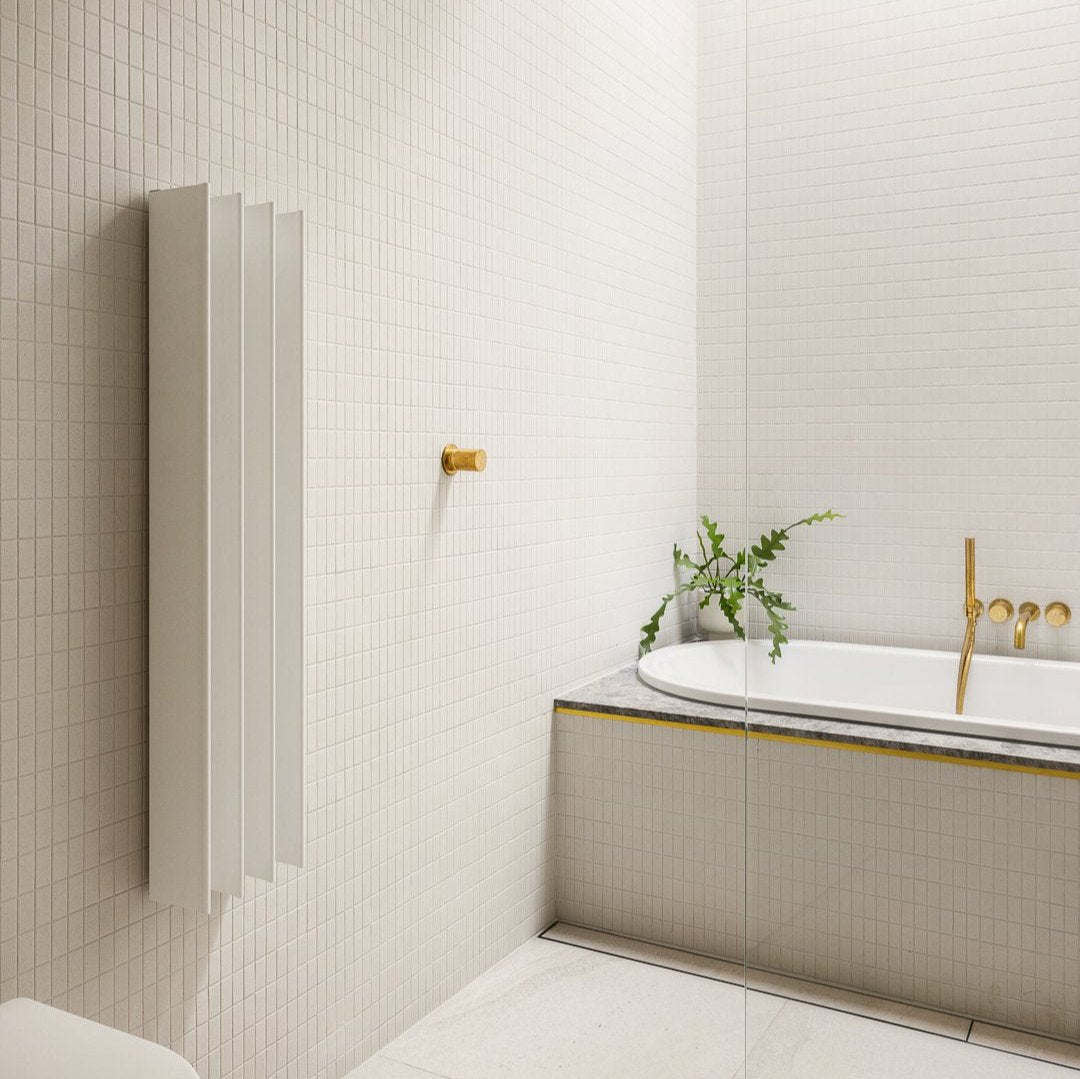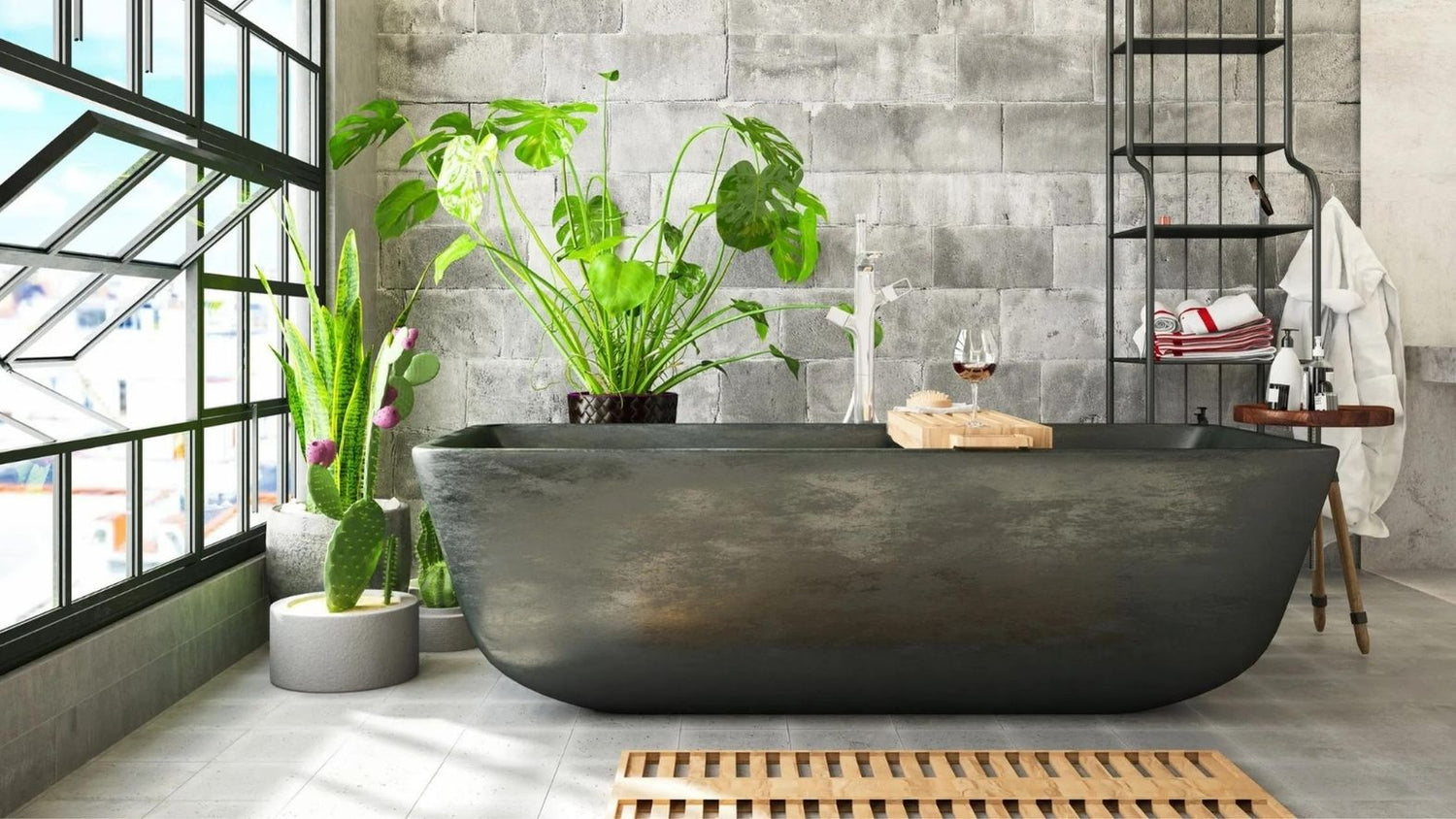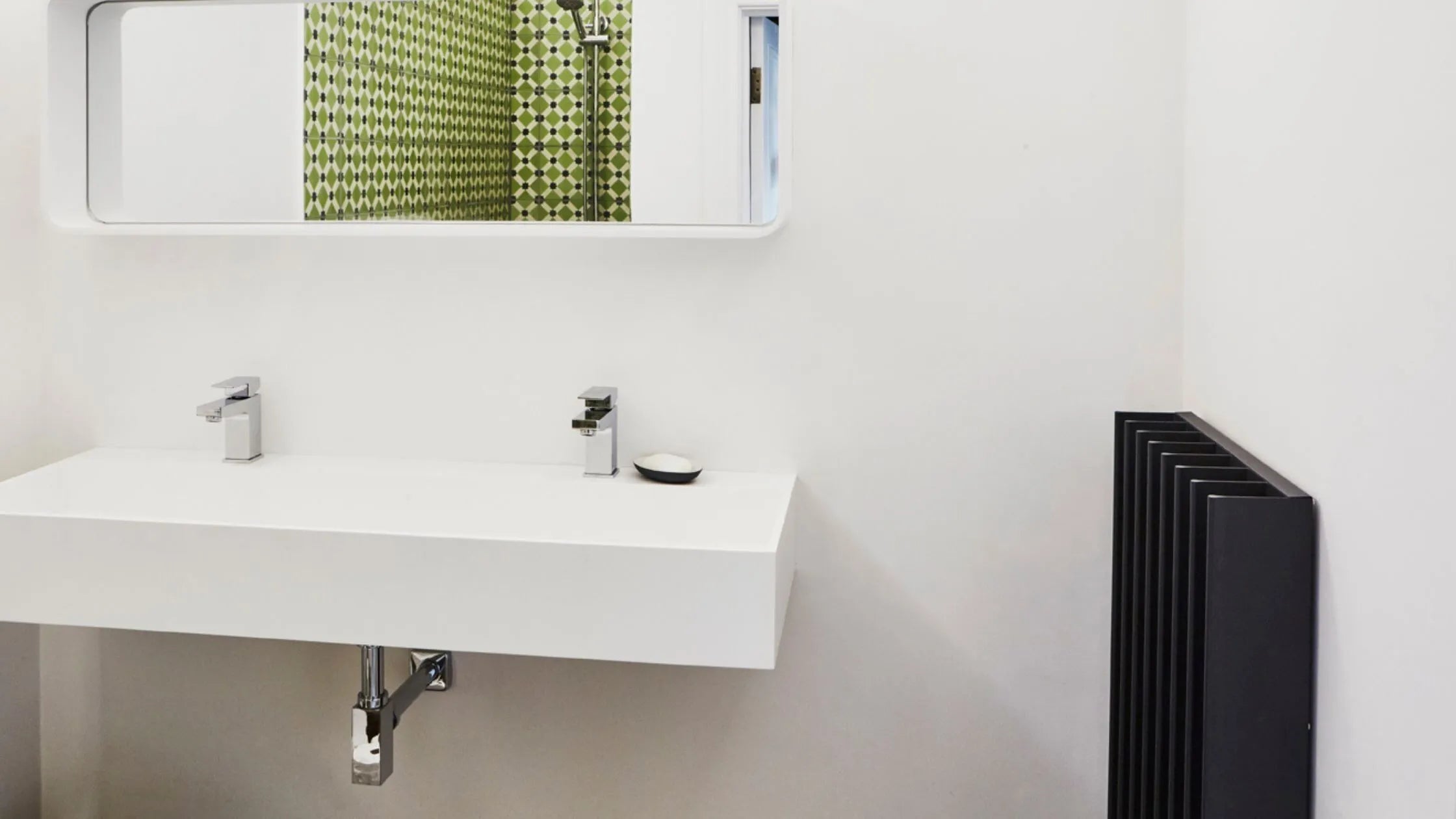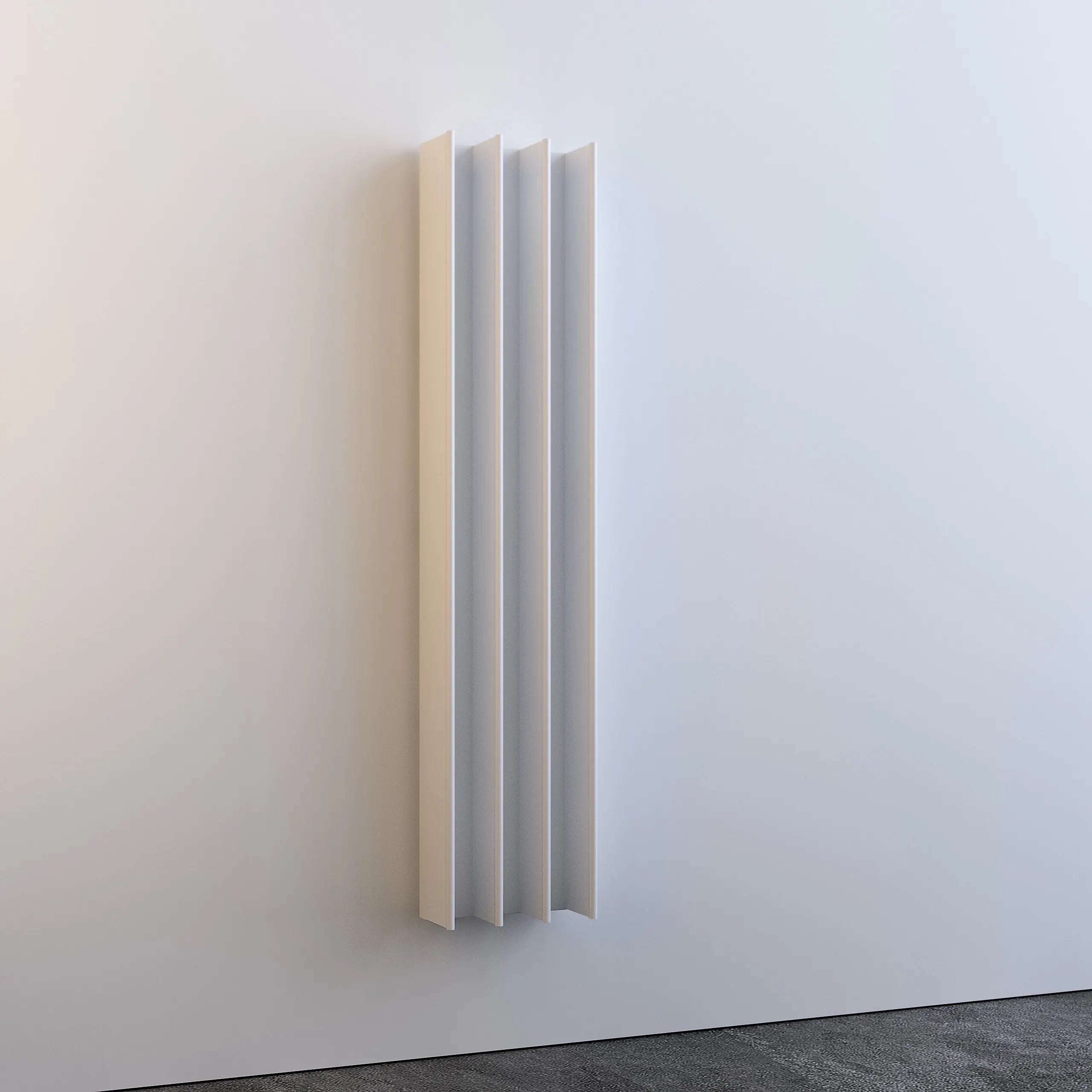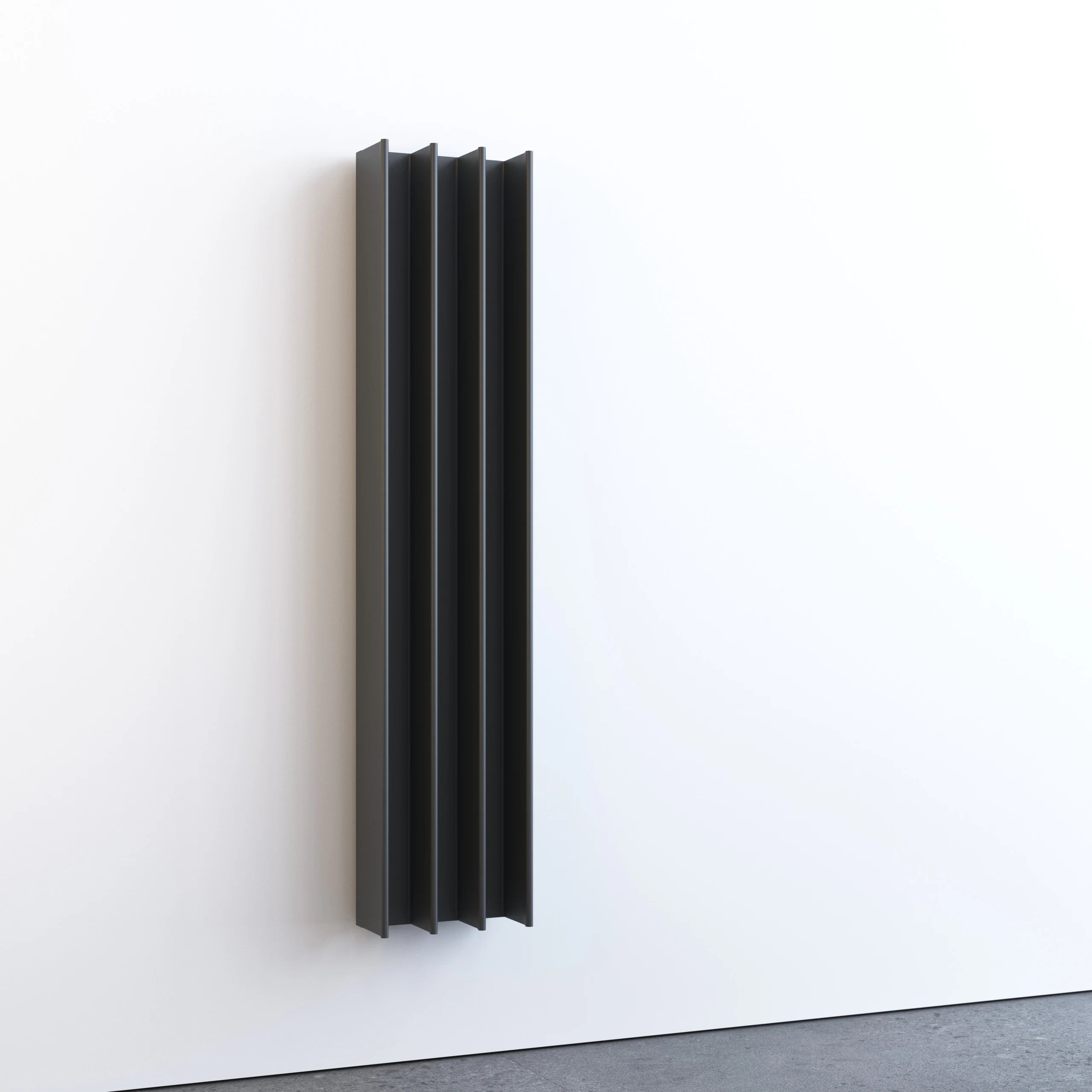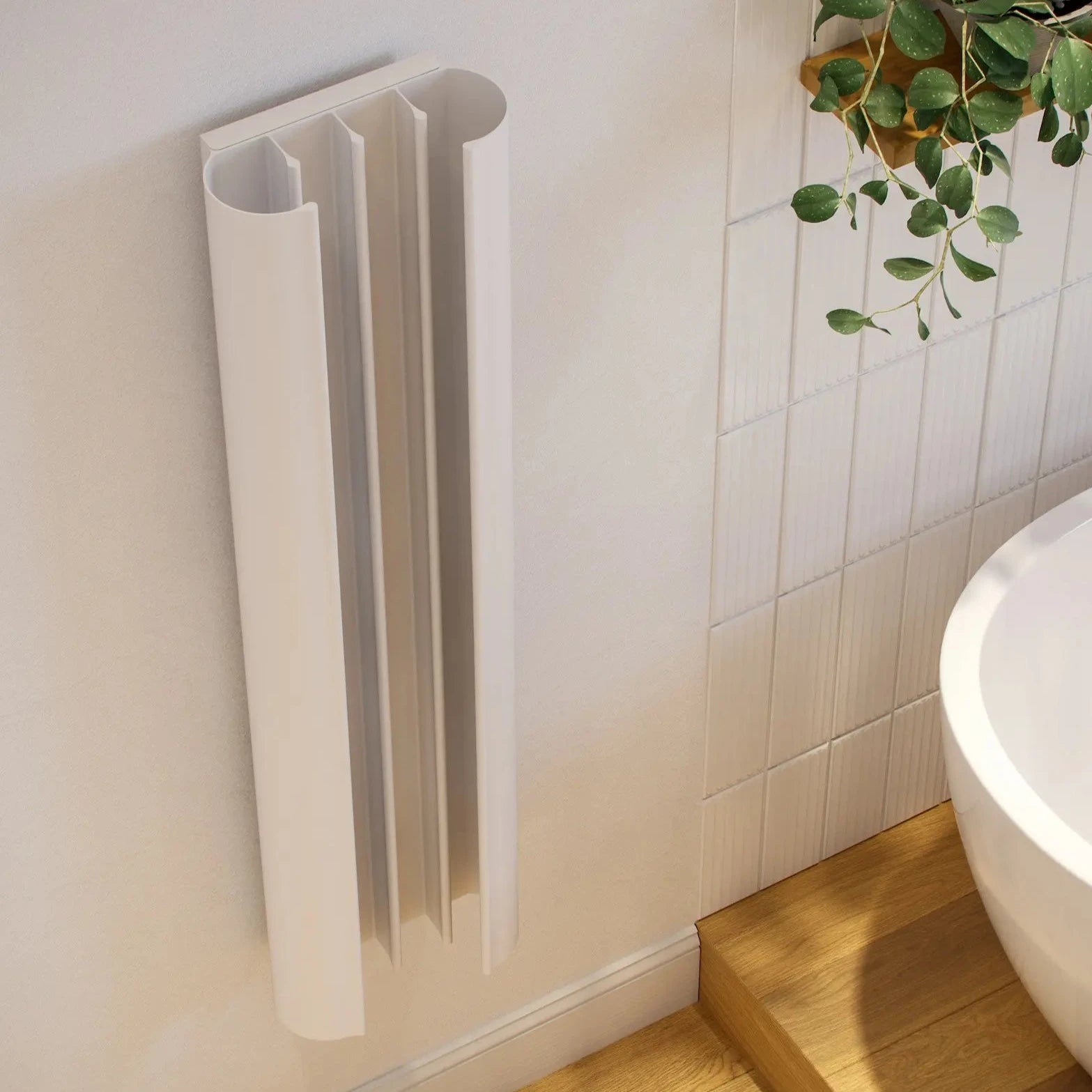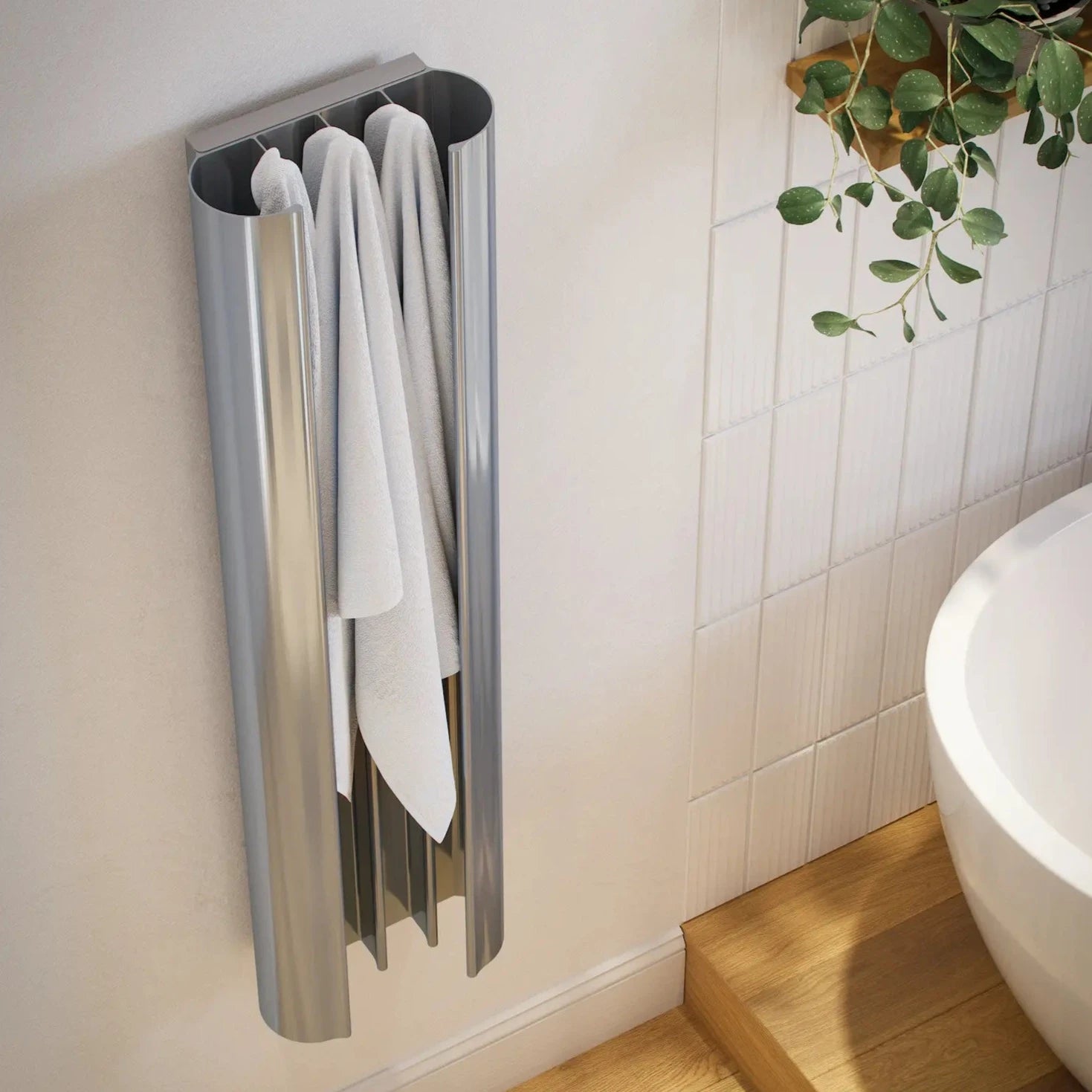We highlighted in our last blog, focusing on coming trends in the bathroom, while Australians are looking for more comfort, luxury and relaxation in their bathrooms, they also want an environmentally-friendly space. This includes the heated towel rail.
While some see heated towel rails as a luxury they can’t do without, others just see them as another energy consumer. So, what is the truth? Just how eco-friendly are heated towel rails?
While on the surface exploring the eco-credentials of heated towel rails may seem like a simple exercise, in reality it’s not. There are several aspects that need to be examined.
Cradle to the grave
For starters, we must look at what is often referred to as the cradle to the grave. That is, looking at how heated towel rails are manufactured and what can be done with them after they’ve reached the end of their useful life.
The majority of heated towel rails are made from chrome, which involves a long and complex process that’s not very friendly to the environment. Stainless steel is also commonly used, but its process is not too dissimilar to chrome. Stainless steel is 100% recyclable, however, chrome is not easily recyclable. Most chrome products, including heated towel rails, go to landfill at the end of their life.
There is another material that is used to make some heated towel rails and that’s aluminium. Aluminium enjoys one of the most sustainable production lifestyles of any metal and is sometimes called the green metal, because of its environmental qualities.
Importantly, aluminium is easily recyclable. So, if you buy a heated towel rail made from aluminium, it may have been made from used drink cans or airplane parts. And when it’s done the job in your bathroom, it can be recycled into drink cans, airplanes or heated towel rails again!
Heated towel rail energy use
The next thing we need to look at is the amount of energy it takes to operate heated towel rails. Most heated towel rails are run by electricity, so how much do they use?
While the simple answer is, not a lot, again it can get a bit complex. Partly this is because some heated towel rails use more electricity than others, either because of their size or design. For example, some heated towel rails consume 100 watts of electricity per hour, some 200 and some 400.
For the sake of the argument, let’s say its 200 watts per hour as that’s quite typical. That’s about the same as two incandescent light bulbs, about double the energy usage of a 50 inch LED television and at least one-fifteenth the amount of energy used per hour by the average clothes dryer.
If you ran your heated towel rail all day, this certainly adds up. That’s 4800 watts in a day, about the same as running an evaporative air conditioner for two hours.
However, you don’t need to run your heated towel rail 24/7. The environmentally friendly way to operate them is to install with a timer that you can program to turn on and off at set times. That way, your towels will be dry and warm when you need them and you’ll only need to run your unit for between two and four hours a day.
Why not let nature do the job?
Of course, this is still using energy, so why not let nature dry your towels? Here are some very valid reasons why this may not work:
- Your towels may dry on a non-heated towel rail on warm days, but in a cold room they’re unlikely to. This is not just uncomfortable, it allows mould and bacteria to grow on your towels.
- Humid conditions can also make towels very difficult to dry.
- You could hang your towels outside after use, but they will likely be open to get wet from any rain and won’t dry on cold days.
- You could use your clothes dryer to dry your towels, but at 3000 watts per hour on average, that’s hardly environmentally friendly.
- If your towels aren’t drying between usage, you should be washing them more regularly to combat mould. This will add to your energy usage.
- For the environment’s sake, buy an energy-efficient heated towel rail
- The upshot of all this is that heated towel rails can be eco-friendly. You just need to use them smartly and also buy smartly.
Eskimo Heat’s Gordon, for example, is made from aluminium, which we’ve seen is often called the green metal. The Gordon is also innovatively designed with efficiency in mind. This means it reaches operating temperature much quicker than most heated towel rails and dries towels and bath mats faster. In fact, about one-third of the time.
In practice, it means you can run the Gordon heated towel rail for less time than you would other models. In summary, you can do your bit for the environment and enjoy little luxuries at the same time!

